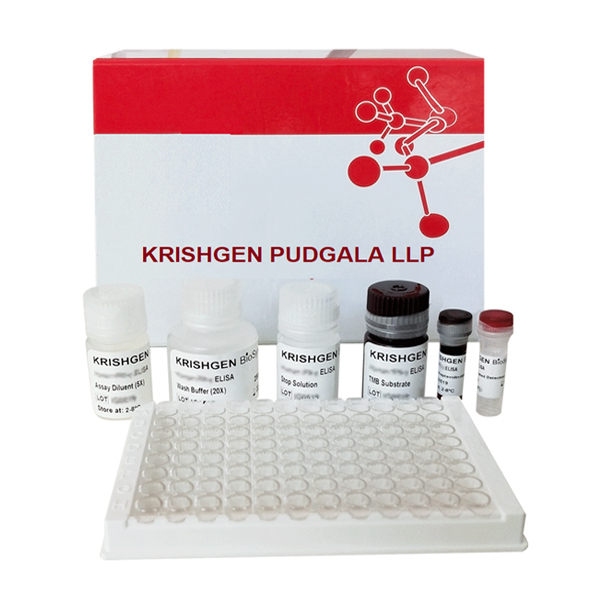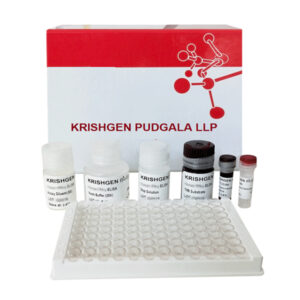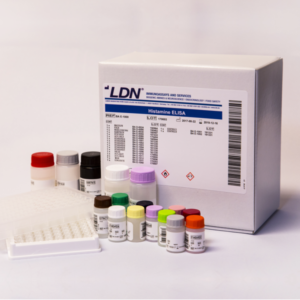Introduction:
Chlamydial infection, caused by Chlamydia trachomatis, is spherical or ovoid obligate intracellular bacteria, that
are ubiquitous. Intracellular parasitism of Chlamydia differentiates it from other bacteria. It possess both
DNA and RNA, multiply by binary fission rather than self-assembly, contain their own ribosome, have a
peptidoglycan free cell wall and are susceptible to various antimicrobial agents. C. trachomatis causes cervicitis
in women and urethritis in men, as well as extra-genital infections, including rectal and oropharyngeal infections.
Untreated chlamydial infection may cause severe complications in the upper reproductive tract, primarily in
young women, including ectopic pregnancy, salpingitis and infertility.
| Pack Size | ELISA 96 wells |
|---|




